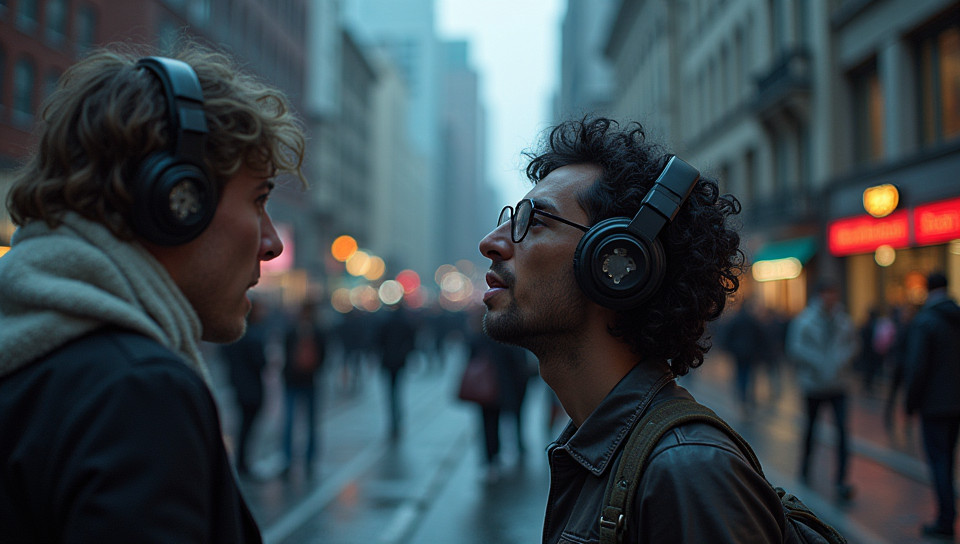Urban sound is recorded and analyzed 89%

The Symphony of the City: Unpacking Urban Sound
As we navigate the concrete jungles that make up our modern world, it's easy to overlook the subtle yet omnipresent soundscape that surrounds us. The hum of traffic, the chatter of pedestrians, and the wail of sirens all blend together to create a unique sonic tapestry that defines urban life. But what can be learned from this cacophony of sound?
Why Record Urban Sound?
In recent years, the field of urban sound studies has gained momentum, with researchers and artists alike seeking to capture and analyze the complexities of city noise. By recording and studying urban soundscapes, we can gain valuable insights into the behavior and preferences of urban populations. For instance, researchers have used sound recordings to identify areas of high foot traffic, track changes in noise pollution over time, and even develop new forms of art that incorporate the sounds of the city.
The Art of Recording Urban Sound
Recording urban sound requires a combination of technical skill and artistic vision. Using specialized equipment such as field recorders and contact microphones, researchers can capture the full range of urban sounds, from the gentle rustle of leaves to the deafening roar of construction sites. But it's not just about capturing high-quality audio – it's also about understanding the social and cultural context in which these sounds exist.
- Identify specific locations with unique sound profiles
- Use specialized equipment such as field recorders and contact microphones
- Consider the social and cultural context of the sounds being recorded
- Record at different times of day to capture a range of urban activities
Analyzing Urban Sound: What Can We Learn?
Once we've collected our recordings, what can we learn from them? By applying techniques such as spectrogram analysis and machine learning algorithms, researchers can extract valuable insights from the data. For example, they might identify patterns in noise pollution levels over time, or develop predictive models of urban activity based on sound signatures.
The Future of Urban Sound Studies
As our understanding of urban soundscapes grows, so too do the possibilities for innovation and application. From designing more effective noise reduction strategies to creating immersive sound art experiences, the field of urban sound studies has the potential to shape the way we live in and interact with our cities.
In conclusion, the study of urban sound is a rich and multifaceted field that offers insights into the behavior, preferences, and experiences of urban populations. By recording and analyzing urban soundscapes, we can gain a deeper understanding of the complex social and cultural dynamics at play in our cities – and develop new approaches to designing more livable, sustainable, and engaging urban environments.
- Created by: Susan Gutierrez
- Created at: Jan. 15, 2025, 11:48 a.m.
- ID: 17857









